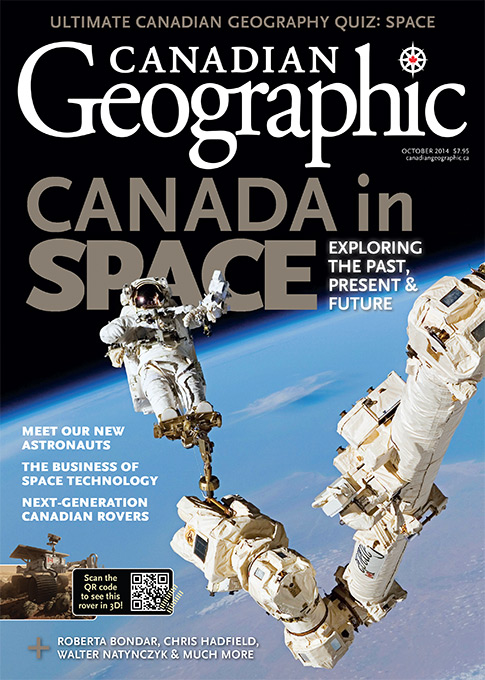
People & Culture
Renaming places: how Canada is reexamining the map
The history behind the Dundas name change and how Canadians are reckoning with place name changes across the country — from streets to provinces
- 4574 words
- 19 minutes
This article is over 5 years old and may contain outdated information.
Wildlife

When scientists recently discovered fossils of an extinct species of hedgehog and a prehistoric relative of today’s tapir in northern British Columbia’s Driftwood Canyon Provincial Park, it made headlines around the world.
The remains of the tiny hedgehog, Silvacola acares — a species previously unknown to science — and tapir, from the genus Heptodon, are, after all, 53 million to 50 million years old, and help fill in what Natalia Rybczynski, a research scientist with the Canadian Museum of Nature who was part of the team that discovered the fossils, has described as a significant geographical gap. “Within Canada, the only other fossil localities yielding mammals of similar age are from the Arctic,” said Rybczynski in a statement from the museum. Other fossils of this age come from Wyoming and Colorado, some 4,300 kilometres to the south of Ellesmere Island, the museum noted.

But finding ancient remains in Driftwood Canyon is not unusual — the park, which was established in 1967, is well known for its insect and fish fossils, including the world’s oldest specimens of salmon and trout.
About 50 million years ago, the canyon was a wetland of marshes and lakes that had a subtropical climate. When volcanic eruptions sent lava spilling into this ecosystem, plants and animals were trapped.
David Greenwood, a professor of environmental science at Manitoba’s Brandon University, was part of the team that discovered the hedgehog and tapir fossils, and says the volcanic deposits make it easy to extract fossils because a substance in the volcanic ash acted as a form of preservation.
Today, the park is recognized as one of Canada’s most significant fossil beds and provides visitors with a fascinating opportunity to understand what was happening both evolutionarily and geologically in the region millions of years ago. “The fossils are superb,” says Greenwood, “and the location is superb.”
Are you passionate about Canadian geography?
You can support Canadian Geographic in 3 ways:

This story is from the October 2014 Issue

People & Culture
The history behind the Dundas name change and how Canadians are reckoning with place name changes across the country — from streets to provinces

Wildlife
This past summer an ambitious wildlife under/overpass system broke ground in B.C. on a deadly stretch of highway just west of the Alberta border. Here’s how it happened.

Wildlife
An estimated annual $175-billion business, the illegal trade in wildlife is the world’s fourth-largest criminal enterprise. It stands to radically alter the animal kingdom.

Wildlife
Wildlife photographers on the thrill of the chase — and the importance of setting ethical guidelines